Cathodic Protection
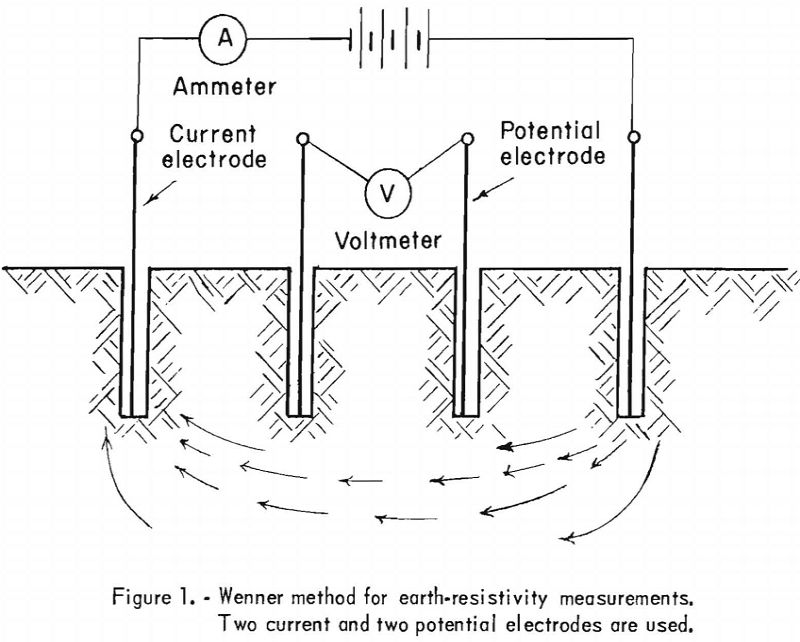
Loss of metal and damage to buried metal structures because of corrosive action is, to a large extent, determined by the soil resistivity in the immediate vicinity of the structure. The intensity of corrosive action is inversely proportional to the soil resistivity; that is, corrosive action will increase as the soil resistivity is lowered. Moisture […]
Electrorefining Titanium Electrowinning
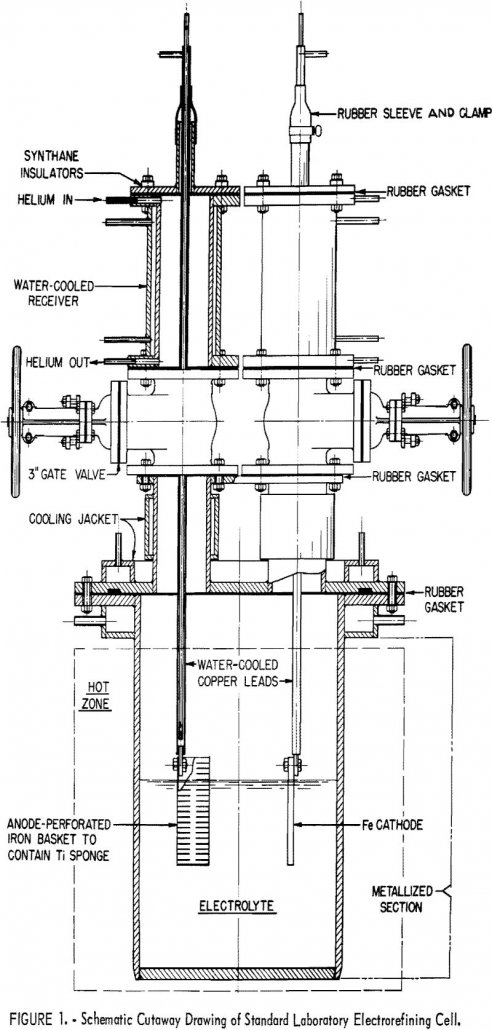
This series of investigations was exploratory in nature, as all variables that might influence alloy-element transfer were not examined. The test show, that, under the conditions described, titanium can be refined almost completely from molybdenum, tin, and zirconium; that refining from aluminum and chromium is only slightly less successful; and that refining from vanadium and […]
Nickel and Cobalt Electrolytic Separation

Preliminary work on electrolytes of neutral sulfate, neutral chloride, ammoniacal sulfate, and ammoniacal chloride solutions offered little promise for separating cobalt from nickel by the anodic deposition of cobalt peroxide. Electrolytes composed of synthetic Nicaro liquor, dichromates, cyanides, and phosphates offered little or no promise. An ammonium sulfate electrolyte showed separation of cobalt from nickel […]
Phosphate Rock Fluorine Removal
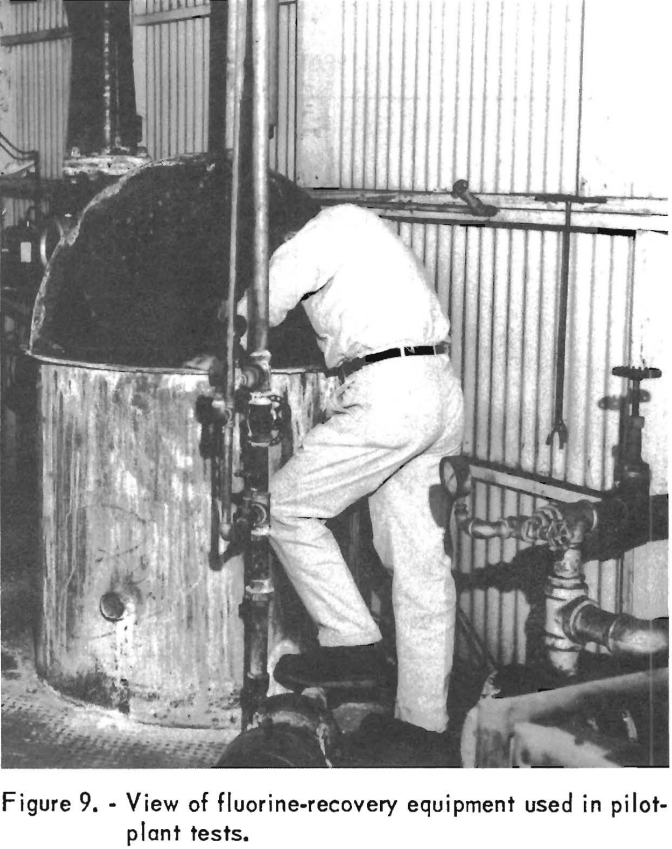
Numerous patents and references may be found that relate to studies of phosphate-rock defluorination processes. Most of these require sulfuric acid and heat, phosphoric acid and heat, or water vapor and heat for the defluorination reaction. One of the most thorough studies was made by K. D. Jacob and coworkers at the United States Department […]
How to Measure Flotation Cell Aeration
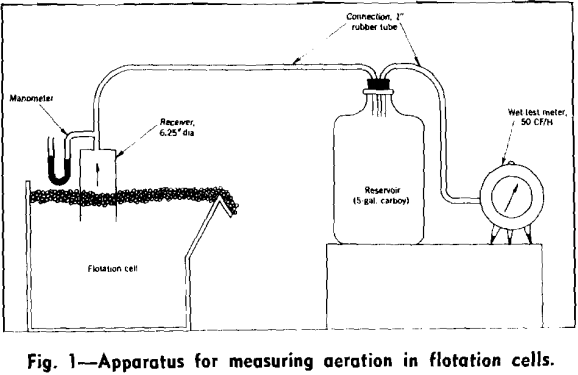
Present flotation processes depend almost entirely on the buoyant properties of air bubbles to effect separations of mineral and gangue, but there is no convenient method for measuring aeration in flotation cells. Consequently the relation between aeration and cell performance has not been definitely established. In connection with a comparative study of kerosene and froth […]
Black Sand Minerals in Gold Placer Deposit
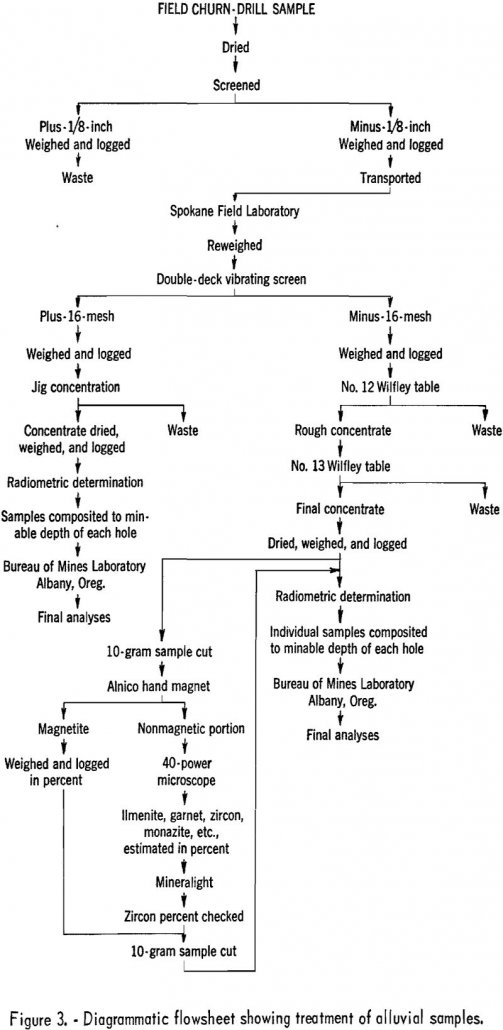
This report describes work done as part of a Bureau of Mines program to appraise the titanium-mineral resources of Idaho. The work included both field reconnaissance and a spot churn-drilling program. Much general information was available, as a result of earlier work done under the Western Radioactive Minerals Exploration Program conducted between 1950 and 1954 […]
Beryllium Determination

The main source of beryllium in pegmatite is the mineral, beryl. Many of the conventional methods for the determination of beryllium in beryl are not suitable for control purposes because of lack of speed and accuracy, especially in the range below a few tenths percent. Beryl resists the usual chemical attack and can be lost […]
Ferric Chloride Trap

This paper discusses the design and use of the ferric chloride trap. The operation is simple and self-adjusting. The rock-salt column is self-cleaning and will remove ferric chloride, other impurity chlorides, and dust from gaseous titanium tetrachloride. The losses of titanium are low, and the molten mixture is easy to handle. The trap is placed […]
Crushing Granite
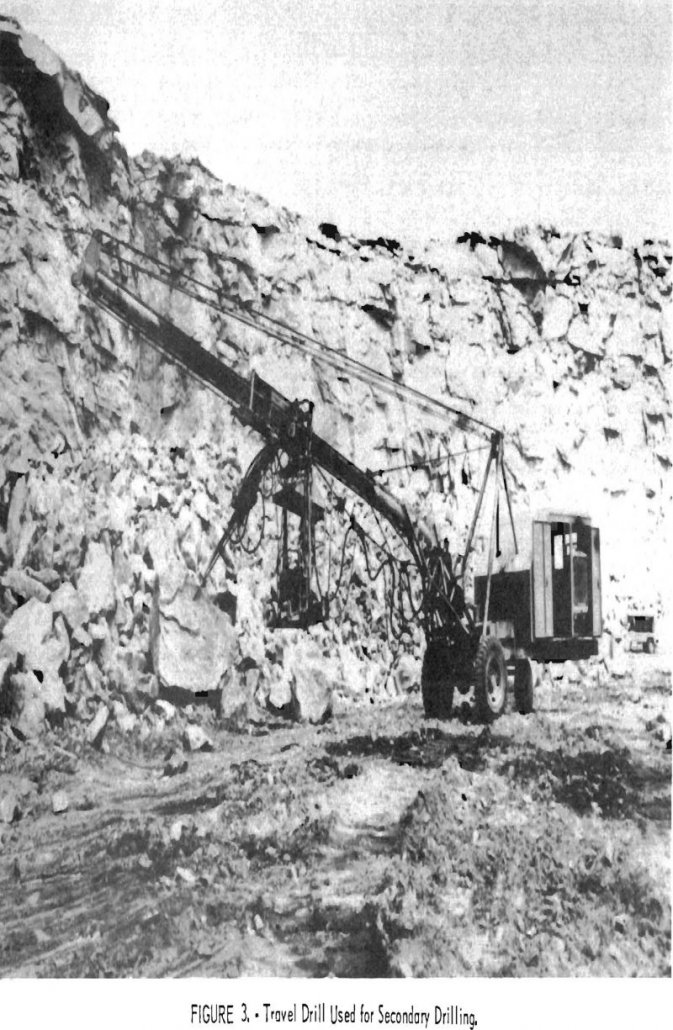
The quarry is located in the western part of the Piedmont Plateau. Geologically, this province is described by Watson as an area of highly metamorphosed sedimentary and igneous rocks of Paleozoic and pre-Paleozoic age. The Piedmont region of South Carolina has extensive areas of granite and gneiss that are suitable for aggregate. The gneisses have […]
Stone Cutting and Polishing

The mining and fabrication of structural and ornamental stones is a wide-spread industry involving the use of such rocks as granite, limestone, marble, sandstone, and slate. Granite is a medium- to coarse-grained igneous rock comprising chiefly quartz, feldspar, and either mica or hornblende. Limestone is classed as a sedimentary rock consisting essentially of calcium carbonate. […]
